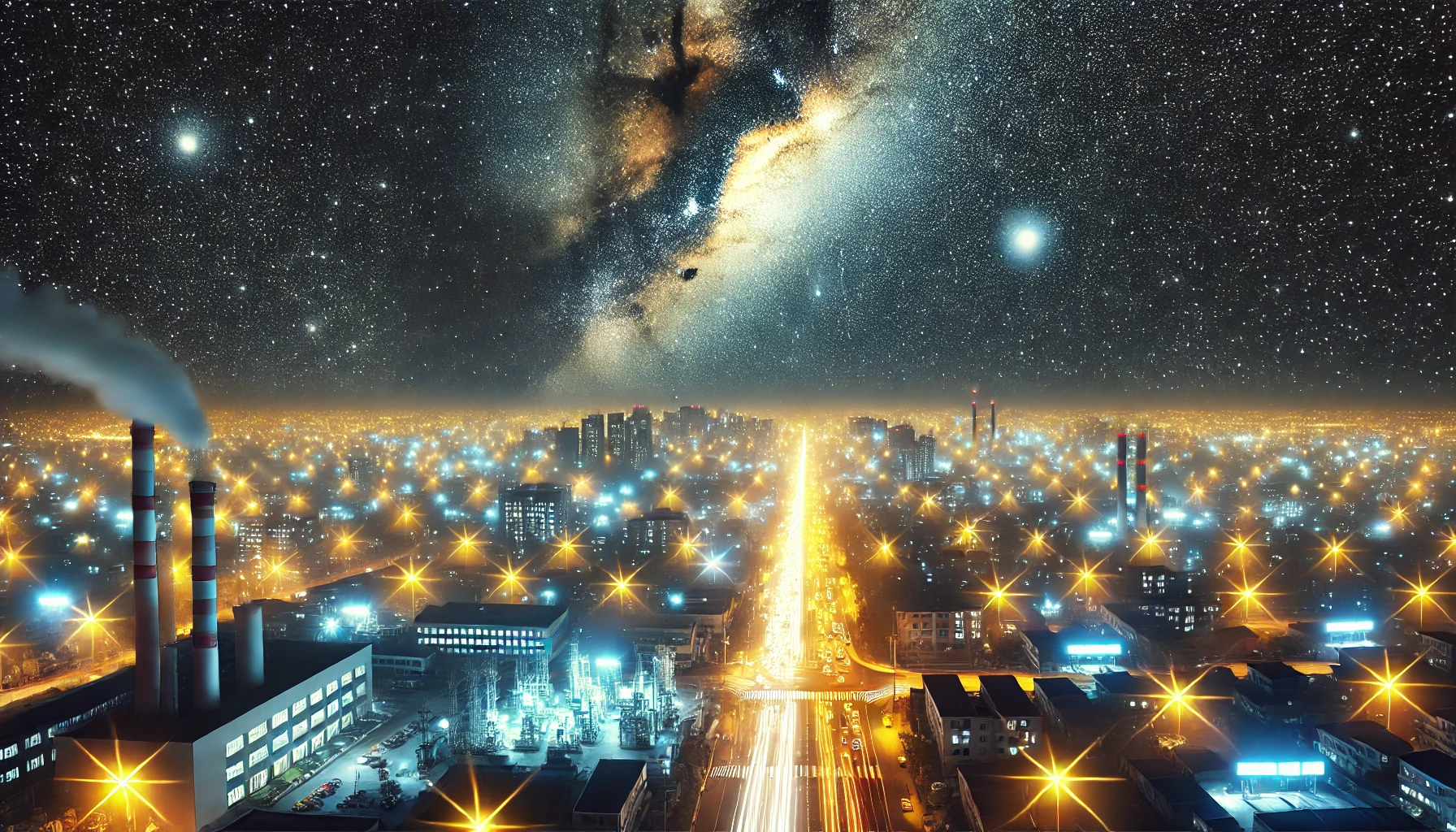Why is light pollution worse at night?
Article Source: ScienceDirect - Environmental Pollution

Why you should care
Light pollution disrupts natural ecosystems, confuses wildlife, and can even affect human health by altering sleep cycles and circadian rhythms. Understanding why it peaks at night helps us take actionable steps to preserve the night sky and promote healthier living for all species.
Answering the question… Why is light pollution worse at night?
Light pollution worsens at night because artificial lighting—such as streetlights, buildings, and car headlights—intensifies when natural sunlight is absent. The contrast between bright artificial light and the dark night sky creates glaring skyglow that spreads for tens to hundreds of kilometers, obscuring stars and interfering with natural darkness. Urban areas can see light pollution levels 3 to 10 times higher at night compared to daylight hours.
How was the study done?
The study analyzed satellite imagery, ground-based sensors, and environmental data to measure light intensity at different times of the day. Researchers focused on urban and rural regions to evaluate the extent of nighttime light pollution. The impact of various sources, such as LED streetlights and high-rise building illumination, was also considered.
What was discovered?
- Skyglow: Nighttime artificial lighting increases sky brightness by up to 30%, especially in urban areas.
- Wildlife Impact: Nocturnal animals experienced disruptions in natural behaviors like feeding and mating due to 40% higher exposure to artificial light at night.
- Human Sleep Cycles: Prolonged exposure to artificial light reduced melatonin levels by up to 50%, affecting sleep quality and health.
- Urban Spread: Cities contribute 80% of total light pollution at night, with rural areas affected indirectly by urban skyglow.
- Energy Inefficiency: 20-40% of outdoor lighting is wasted due to poor design, directly contributing to unnecessary light scatter.
Why does it matter?
Addressing light pollution is essential for protecting ecosystems, enhancing human well-being, and saving energy. By adopting shielded lighting, reducing excessive brightness, and promoting "dark sky" initiatives, we can restore the balance between artificial and natural light, preserving the night sky for future generations.
Read more here.
